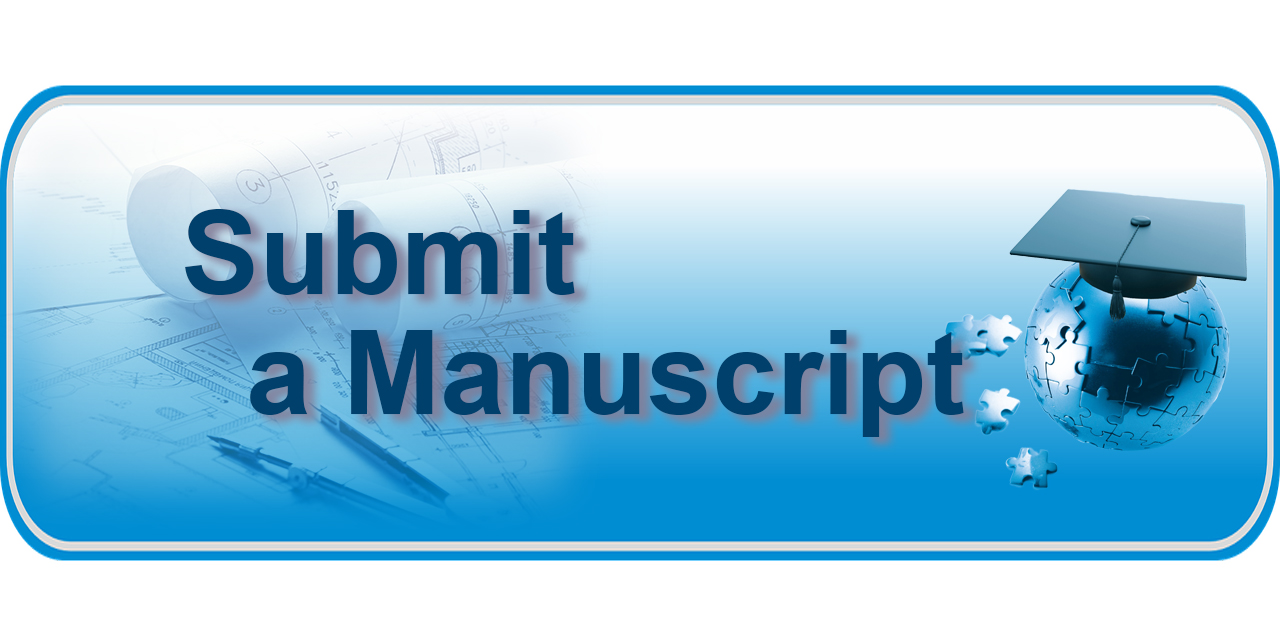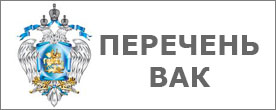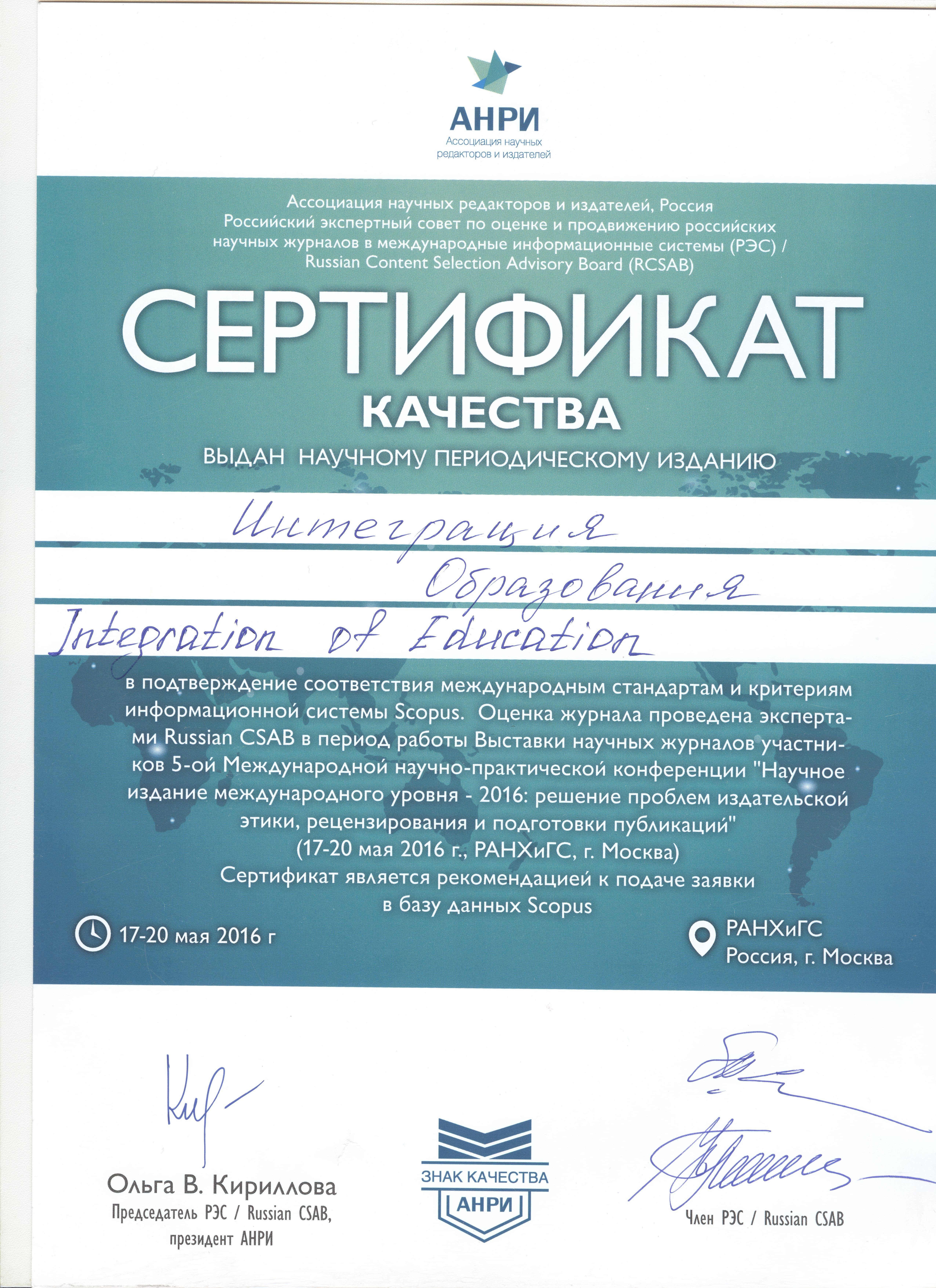UDK 373.2-057.8
DOI: 10.15507/1991-9468.099.024.202002.218-234
Contribution of Indonesia Cahaya Method to the Improvement of Early Childhood Teachers’ Skills
Marhun Masnipal
Senior Lecturer of Early Childhood Teacher Education Programme, Bandung Islamic University (No. 24-26 Tamansari St., Bandung 40116, Indonesia), Ph.D., M.Pd., ORCID: https://orcid.org/0000-0002-6311-2953, ResearcherID: AAP-4207-2020, This email address is being protected from spambots. You need JavaScript enabled to view it.
Introduction. The article is devoted to the enhancement of quality of teachers’ skills in Indonesia. Qualified teachers do not happen by themselves, it requires conscious, planned, continuous efforts to improve their knowledge and competencies. This research aims at examining the contribution of the Indonesia Cahaya Method to fostering teachers’ skills, including motivation in teaching, learning management skills, presenting effective learning materials, preparing interesting and fun learning, developing teaching aids; creating a dynamic learning atmosphere. The Indonesia Cahaya Method is one of the most popular learning methods for early childhood education system in Indonesia. This method was developed through a longitudinal study conducted by Dr. Masnipal, M.Pd. and Onyas Rohayati, which aims at determining the contribution of the Indonesia Cahaya Method to improving teaching skills of early c hildhood teachers.
Materials and Methods. The study was conducted as follows: giving a pre-test to teacher before the training began; carrying out training (treatment) for 8 hours (2 x 4 hours) with the help of the team, applying the method into learning in their respective schools in 6–8 weeks (minimum 30 and a maximum of 40 classes); and conducting a post-test by a colleague (one of the teachers at the primary/elementary school) with observations and interviews.
Results. The research findings conclude that the Indonesia Cahaya Method has contributed to the improvement of early childhood teachers’ teaching performance. The improvement of teachers’ teaching skills can be seen in: teachers’ motivation in teaching, skills in managing learning, skills in presenting effective learning materials, interesting and fun learning packaging skills, and ability in creating an atmosphere dynamic learning. In addition, the improvement of teachers’ teaching skills was followed by an increase in students’ participation in learning.
Discussion and Conclusion. The training method is considered feasible to be followed, studied, developed and implemented in learning by early childhood education teachers. The results of this study add new references to various parties that the Indonesian Cahaya method can be an alternative in developing the competence of early childhood teachers and open up opportunities for further researchers to develop this method, especially at the elementary school level. The article targets primary school education managers and teachers.
Keywords: Indonesia Cahaya Method, teaching skills, early childhood learning methods, teacher competency training, student participation
For citation: Masnipal M. Contribution of Indonesia Cahaya Method to the Improvement of Early Childhood Teachers’ Skills. Integratsiya obrazovaniya = Integration of Education. 2020; 24(2):218-234. DOI: https://doi.org/10.15507/1991-9468.099.024.202002.218-234
Acknowledgment: The researcher and developer of the Indonesia Cahaya Method would like to thank and appreciate the encouragement, cooperation and assistance of the foundation, school principals, and teachers throughout the Islamic kindergarten (RA, Raudhatul Athfal) in Bandung Regency, West Java, especially the sub-districts Nagrek, Cicalengka, and Cikancung; also, to the principal and teachers of Cahaya Indonesia kindergarten and the kindergarten of the Motherschool Foundation as a development laboratory of this method. Thank you to the bachelor and master degree students who have learned this method and conducted research on the effectiveness of this method at their own expenses. Hopefully the results of this study add to the treasury of science and provide benefits to th e community.
The author has read and approved the final manuscript.
Submitted 29.09.2019; revised 20.03.2020; published online 30.06.2020.

This work is licensed under a Creative Commons Attribution 4.0 License.





























